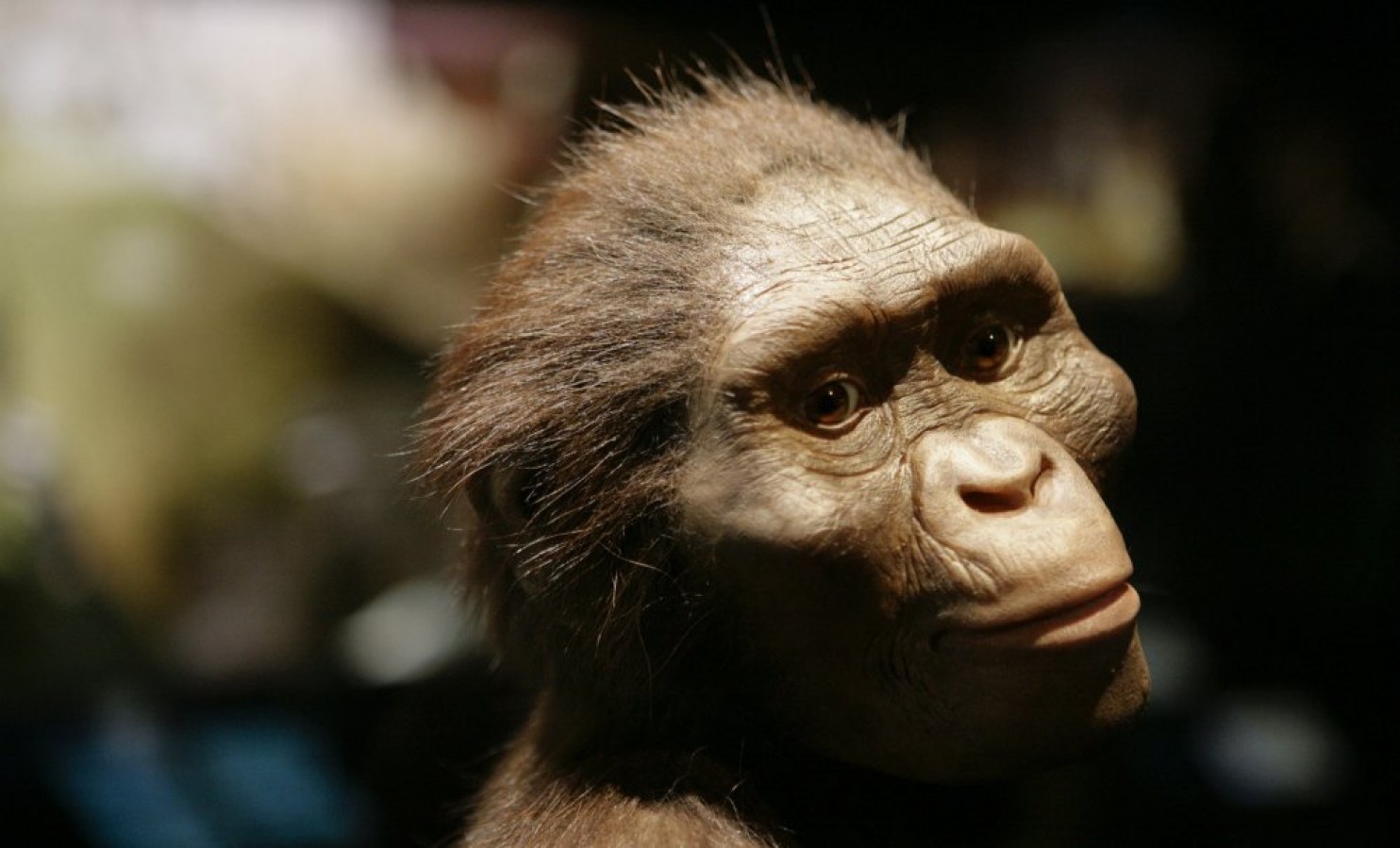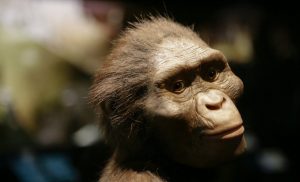A report in TheWashington Post suggests that the early human ancestor Australopithecus afarensis, which had hips, feet, and legs suitable for walking, and ape-like long arms with curved fingers, probably spent a significant amount of time in trees. Biological anthropologist Christopher Ruff of Johns Hopkins School of Medicine and his colleagues compared X-ray microtomography scans of Lucy, the 3.18-million-year-old Australopithecus afarensis fossil specimen, with scans of the arm and leg bones of modern chimpanzees and modern humans. The results indicate that Lucy’s arms were not as strong as a chimp’s, but were significantly stronger than those of a modern human. “If she evolved from a more arboreal ancestor, she may just not have had the time yet to evolve a shorter upper limb,” Ruff said. “We have to look at traits that changed during her life depending on how she used that part of her skeleton—that’s real evidence of what someone was actually doing.” He thinks that Australopithecus afarensis may have climbed trees at night to find a safe place to sleep. But critics note that Lucy lacked a climber’s opposable big toe, and suggest that there could be other explanations for her arm strength.
For more information at https://www.washingtonpost.com/news/speaking-of-science/wp/2016/11/30/new-evidence-that-lucy-our-most-famous-ancestor-had-super-strong-arms/?utm_term=.8cf7950a9e95


